Best Timing for Waterproofing Projects
Waterproofing is a critical process to protect structures from water intrusion and damage. Proper timing ensures the effectiveness and longevity of waterproofing systems, reducing the risk of costly repairs and structural issues.
Spring offers moderate temperatures and less precipitation, making it ideal for waterproofing projects before heavy rains.
Warm, dry weather in summer allows for optimal application and curing of waterproofing materials.
Early fall provides cooler temperatures and less humidity, suitable for waterproofing before winter.
Winter is generally unsuitable due to low temperatures, snow, and increased moisture, which hinder waterproofing application.
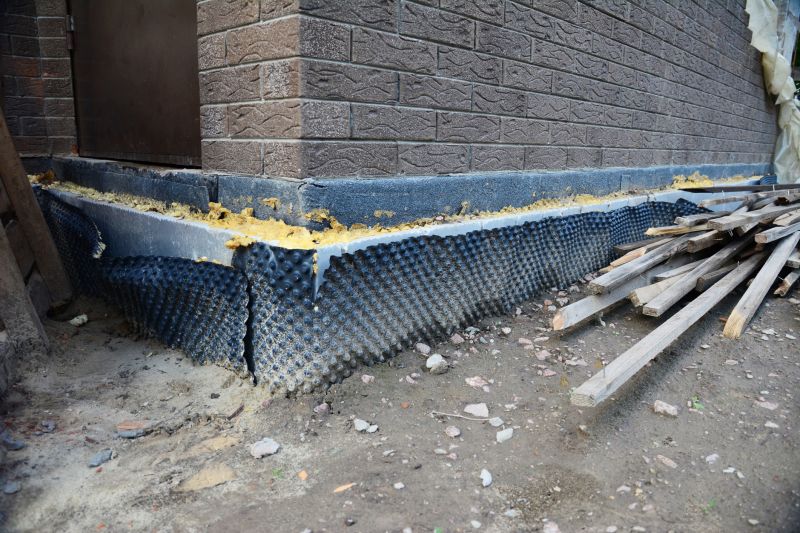
Ways to make Waterproofings work in tight or awkward layouts.
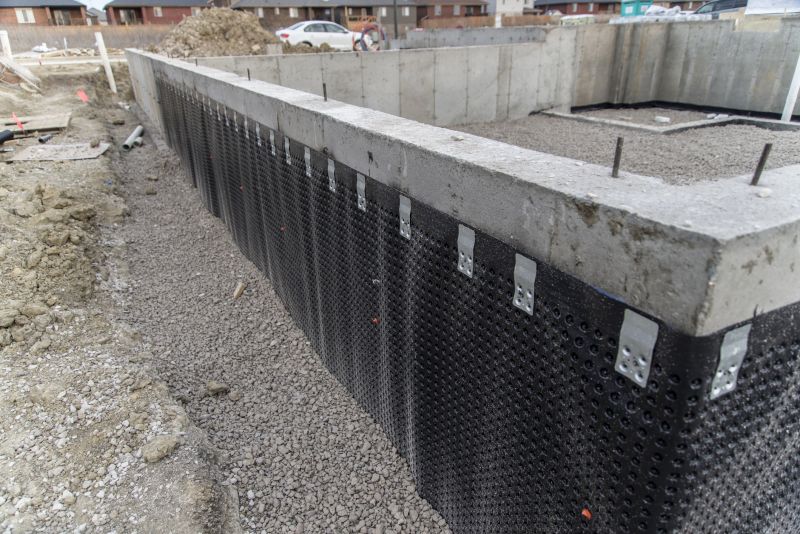
Popular materials for Waterproofings and why they hold up over time.
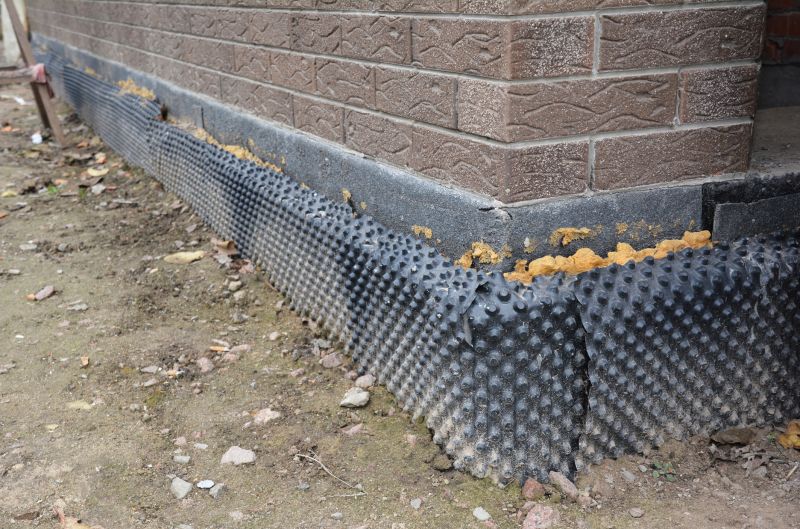
Simple add-ons that improve Waterproofings without blowing the budget.
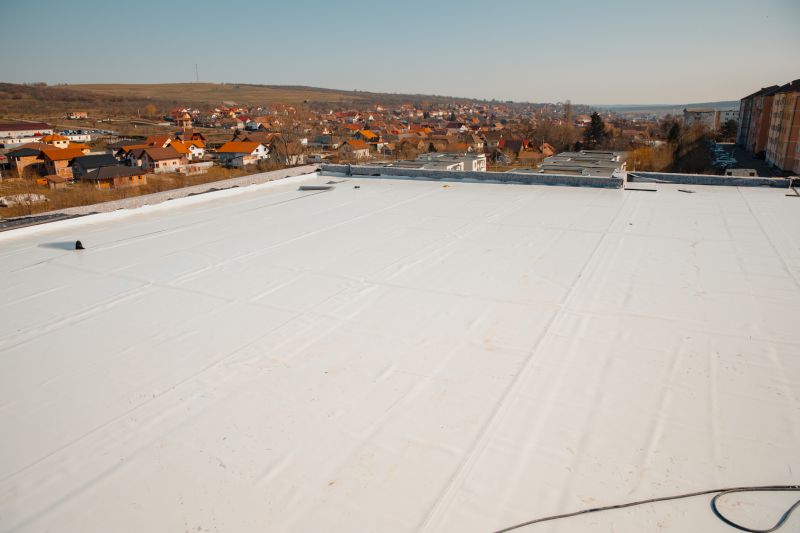
High-end options that actually feel worth it for Waterproofings.
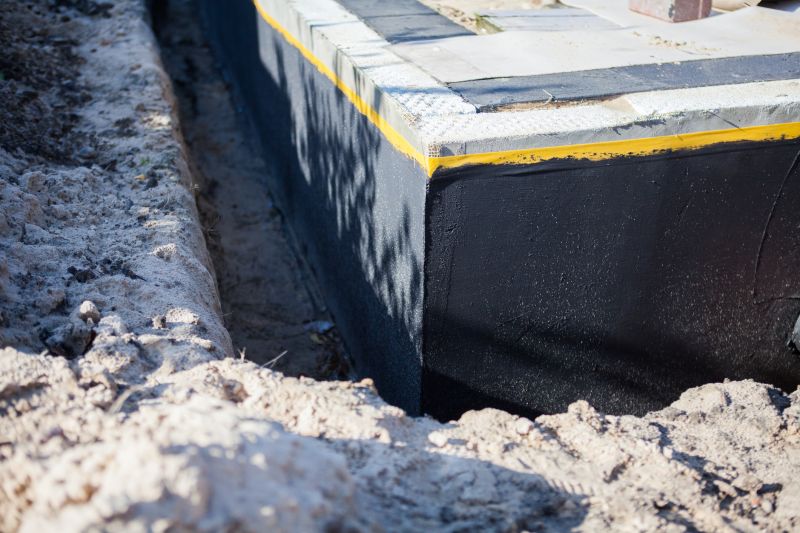
Finishes and colors that play nicely with Waterproofings.
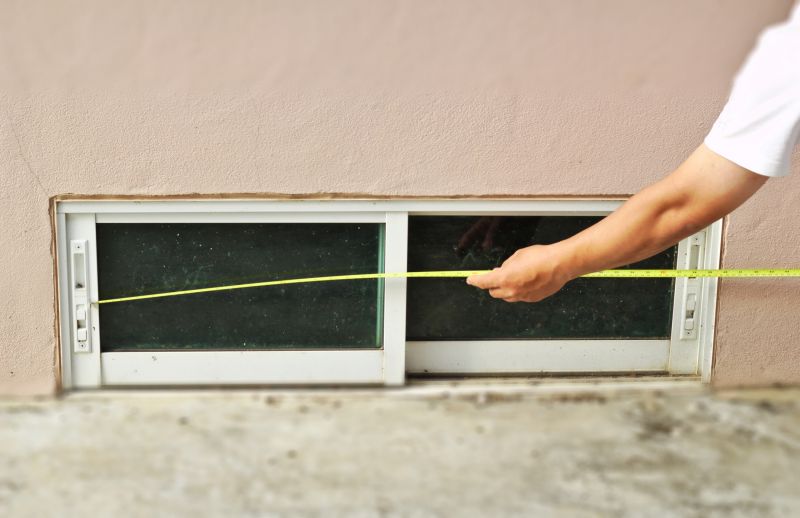
Little measurements that prevent headaches on Waterproofings day.
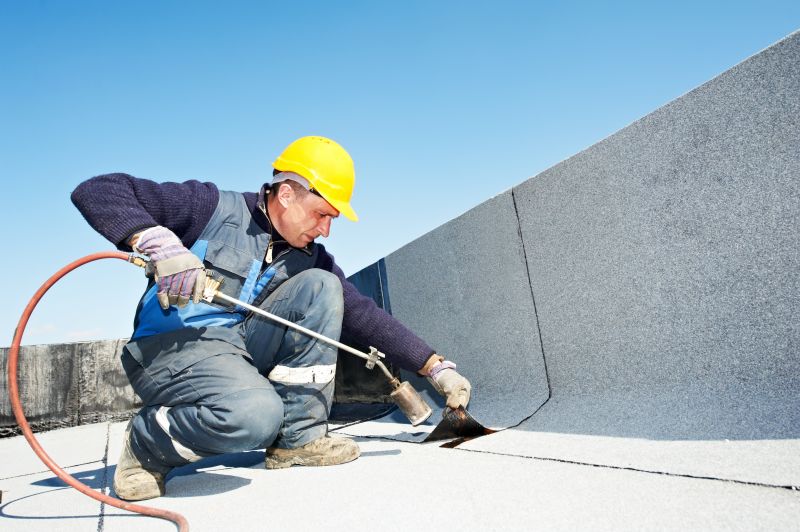
A 60-second routine that keeps Waterproofings looking new.

A frequent mistake in Waterproofings and how to dodge it.
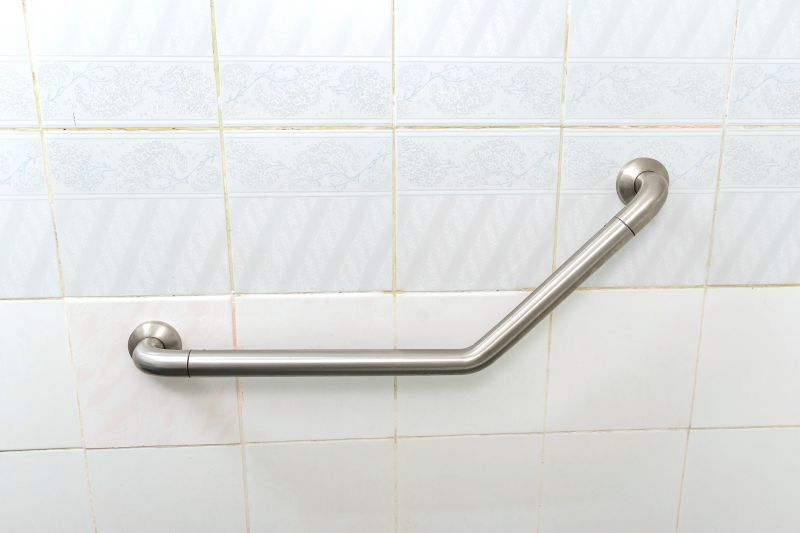
Small tweaks to make Waterproofings safer and easier to use.
| Season | Recommended Conditions |
|---|---|
| Spring | Moderate temperatures, less rain, ideal for application |
| Summer | Warm and dry weather, best for curing |
| Early Fall | Cooler temperatures, low humidity, suitable |
| Winter | Low temperatures, snow, and moisture make it unsuitable |
Waterproofings involve applying specialized materials to surfaces to prevent water penetration. These systems are essential for protecting foundations, roofs, and basements from water damage. Proper timing and application techniques are vital for ensuring durability and effectiveness. Studies show that waterproofing applied during optimal weather conditions can extend the lifespan of building components by several years, reducing maintenance costs and structural risks.
Advancements in waterproofing technology include flexible membranes, liquid coatings, and spray-applied systems, each suited to different environments and structures. Properly timed waterproofing can prevent leaks, mold growth, and structural deterioration, saving significant repair expenses over time.
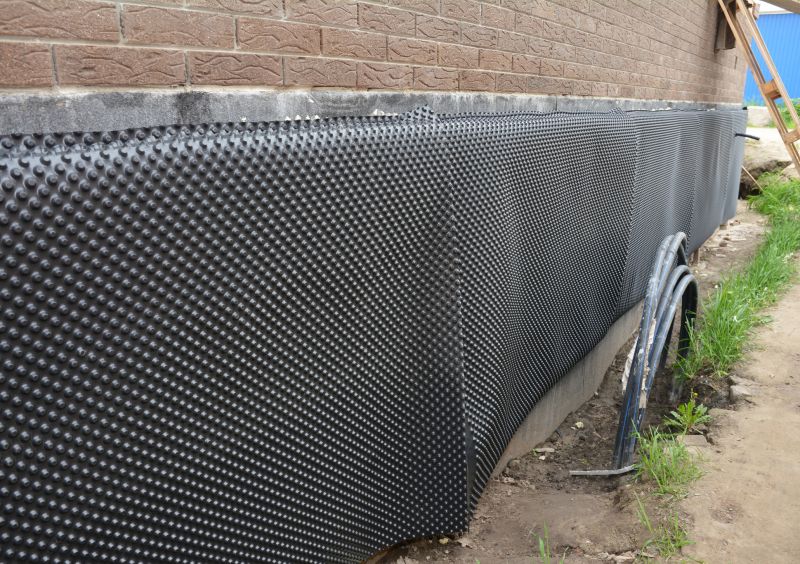
Lower-waste or water-saving choices for Waterproofings.
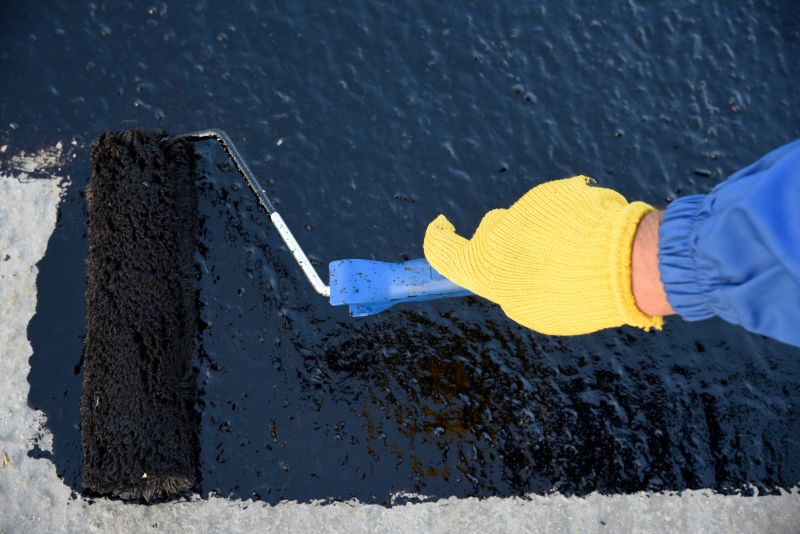
The short, realistic tool list for quality Waterproofings.
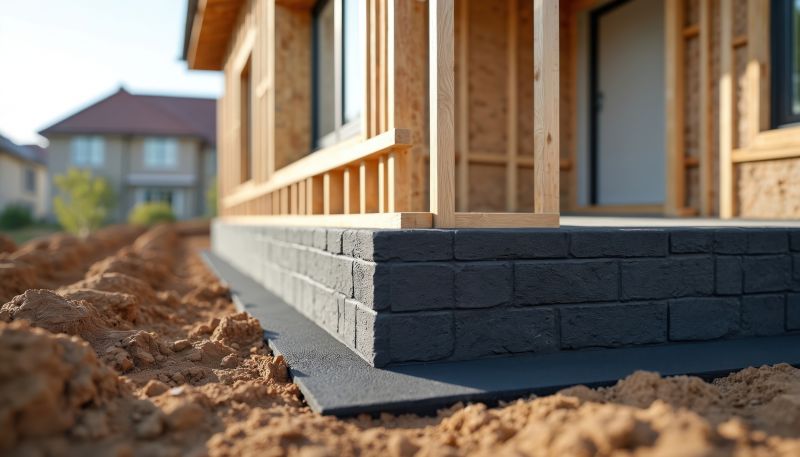
Rough timing from prep to clean-up for Waterproofings.
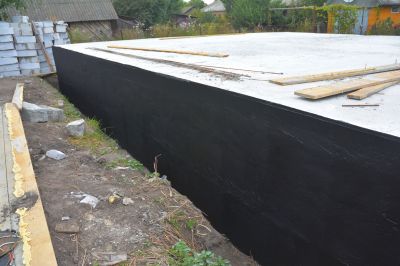
Quick checks and paperwork to keep after Waterproofings.
Individuals interested in waterproofing services are encouraged to contact for further information. Proper timing and application are key to ensuring the long-term protection of structures from water damage.


